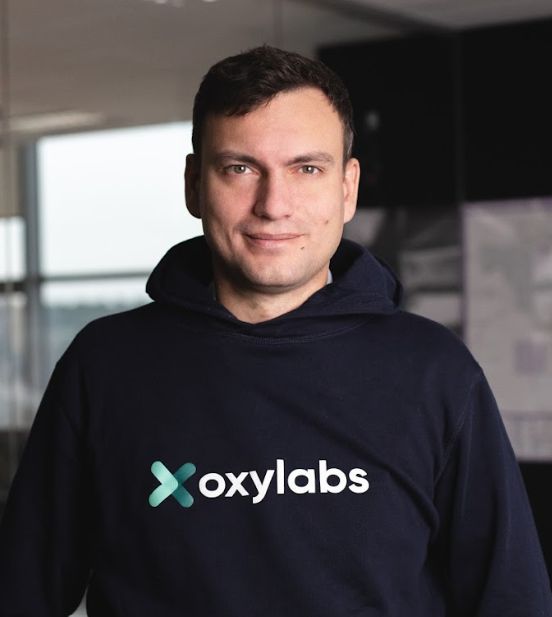1,525 reads
Automating the Automation: Can AI Fully Take Over the Data Scraping Process?
by
August 4th, 2023
Audio Presented by

CEO @ Oxylabs. Covering topics on web scraping, big data, machine learning, tech trends & business leadership.
Story's Credibility

About Author
CEO @ Oxylabs. Covering topics on web scraping, big data, machine learning, tech trends & business leadership.